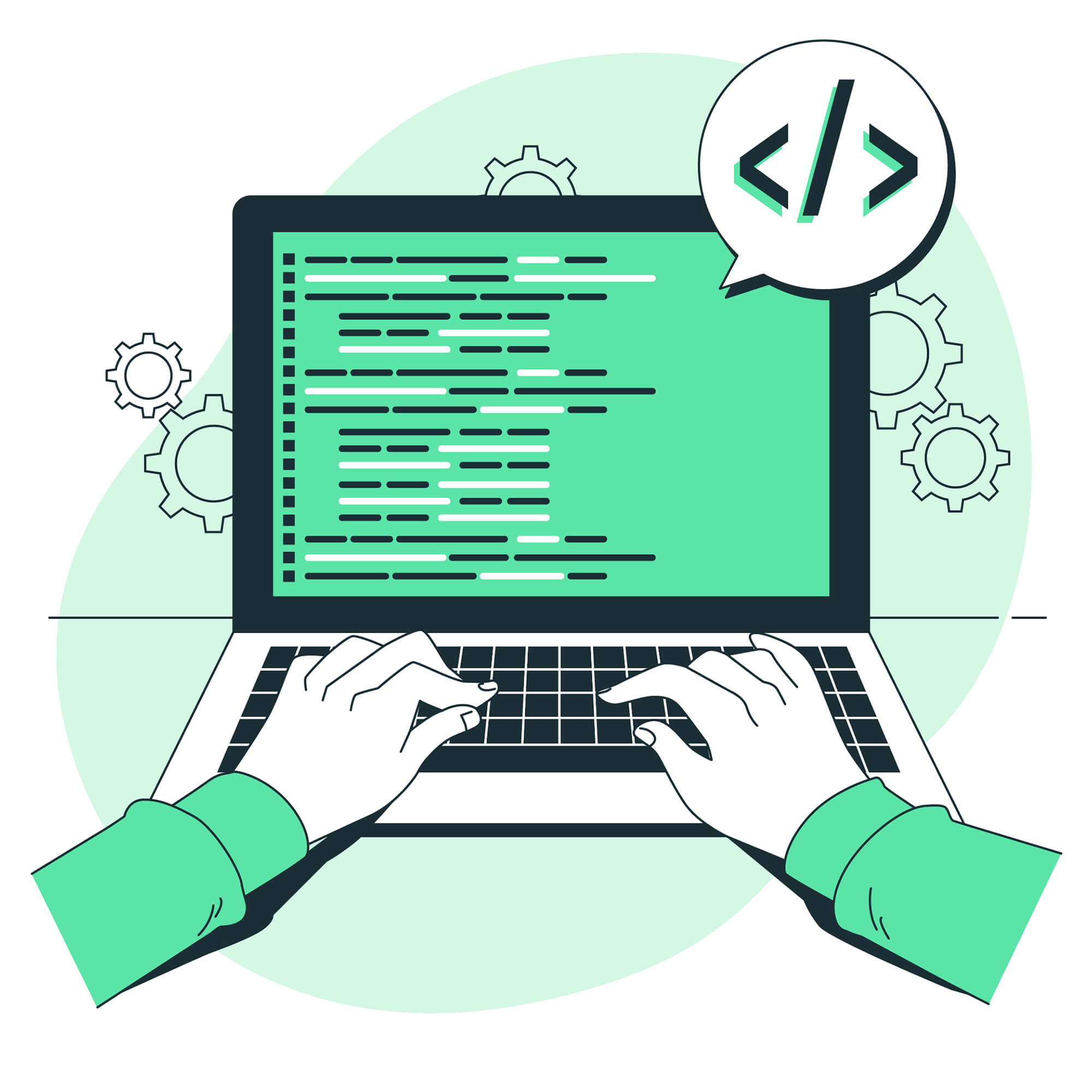


The 2-minute rule in learning coding is a concept rooted in the idea of breaking down complex tasks into small, manageable increments, each requiring no more than 2 minutes of your time. This principle is inspired by productivity expert David Allen's suggestion in his book "Getting Things Done," where he advises handling quick tasks immediately if they take less than two minutes. Applying this rule to learning coding can be an effective strategy for overcoming inertia, building momentum, and making steady progress. In the next 800 words, we'll delve deeper into the 2-minute rule for learning coding and how it can revolutionize your approach to programming education. Simultaneously, incorporating this principle can also prove beneficial in the context of website development, ensuring efficient and incremental progress in building and maintaining online platforms.
Learning to code can be a daunting task, especially for beginners. The vastness of programming languages, frameworks, and concepts can overwhelm even the most enthusiastic learners. The 2-minute rule provides a structured approach to tackle this complexity. Instead of attempting to learn an entire programming language or framework in one sitting, break down your learning into bite-sized tasks that can be completed in just a couple of minutes.
Procrastination often arises when a task seems too large or complex. By applying the 2-minute rule, you remove the mental barrier associated with starting a significant learning session. The idea of investing just two minutes is much less intimidating, making it easier to overcome the initial resistance to getting started. Once you begin, you may find that the momentum carries you forward, and those two minutes turn into a more extended, more productive learning session.
Consistency is key to mastering any skill, and coding is no exception. The 2-minute rule encourages regular practice by making it easy to incorporate coding into your daily routine. Whether you have a busy schedule or limited time, finding two minutes is achievable for almost everyone. Consistent, short bursts of learning can lead to more substantial progress over time compared to sporadic, intensive study sessions.
The 2-minute rule promotes focused and specific tasks. Rather than vaguely setting out to "learn programming," you can identify small, concrete objectives. For example, spend two minutes understanding a specific function, solving a small coding challenge, or reviewing a code snippet. This targeted approach allows for a more structured and organized learning experience.
Short, frequent learning sessions can enhance skill retention. The brain is more likely to retain information when it is presented in smaller, digestible chunks, as opposed to long, overwhelming sessions. The 2-minute rule aligns with the principles of spaced repetition, where revisiting and reinforcing concepts in brief intervals strengthens long-term memory.
Achieving small, immediate successes through the 2-minute rule creates a positive feedback loop. Each completed two-minute task contributes to a sense of accomplishment, boosting confidence and motivation. This positive reinforcement encourages a proactive mindset, making it more likely that you'll continue to engage with coding and pursue more challenging tasks over time.
Let's explore how the 2-minute rule can be applied in a practical sense to learning coding:
In the journey of learning to code, the 2-minute rule serves as a valuable strategy to overcome challenges, foster consistency, and promote a positive learning experience. By breaking down coding tasks into manageable two-minute increments, you can make significant strides in your programming skills without feeling overwhelmed. Embrace the philosophy of incremental learning, celebrate small victories, and enjoy the process of mastering the intricate art of coding. Remember, it's not about how much you can learn in a single sitting but about the consistent effort you invest over time. Additionally, consider exploring the fastest way for learning web development to enhance your coding journey.
